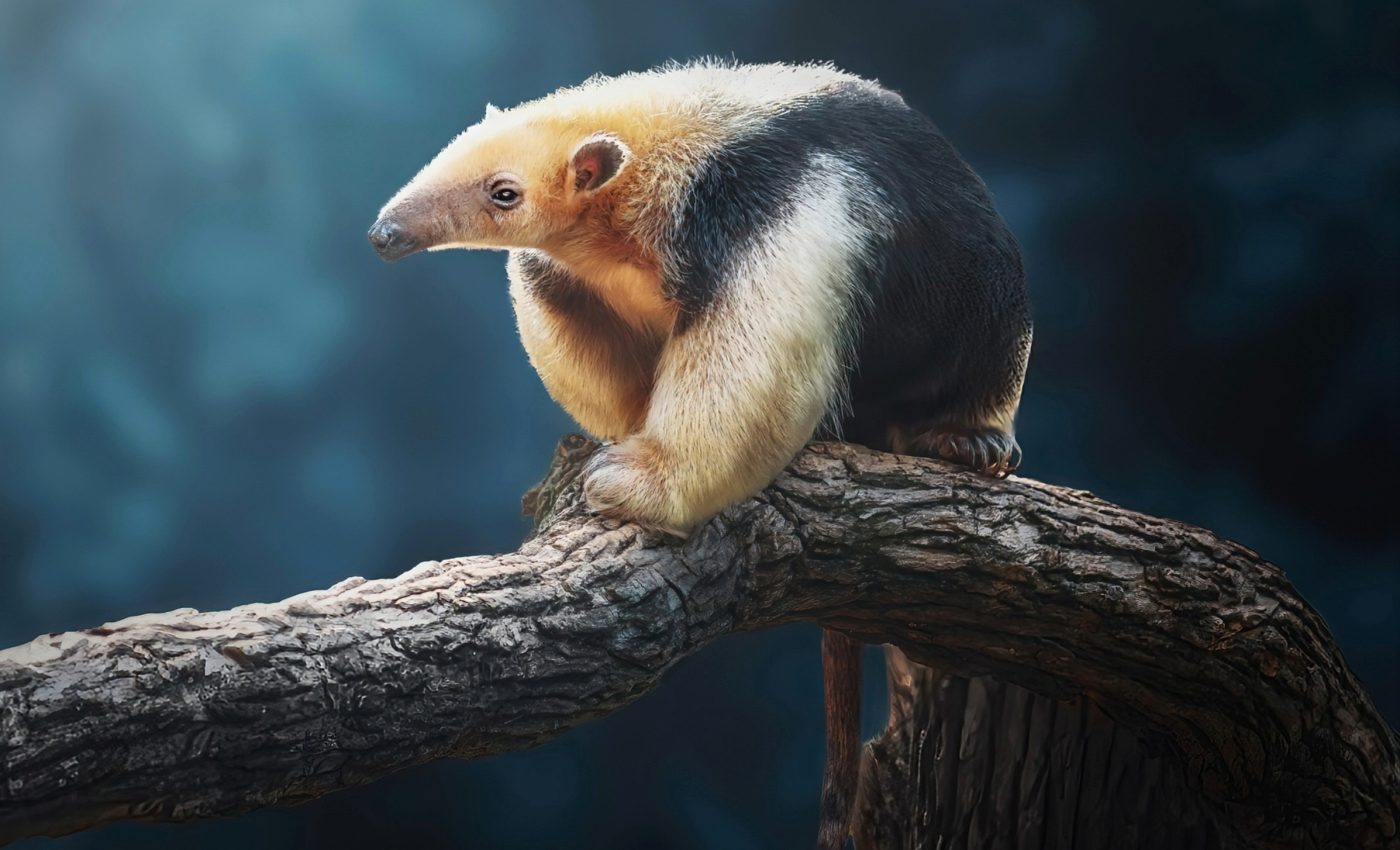
World Anteater Day: A tribute to nature's unique foragers
Celebrated each year on November 19th, World Anteater Day aims to raise awareness about the unique lives of anteaters and the conservation challenges they face.
This day highlights the importance of protecting anteaters and their habitats, particularly as their survival is threatened by habitat destruction, illegal wildlife trade, and road collisions.
Ecological role of anteaters
When it comes to the health and balance of the ecosystems they inhabit, anteaters play a crucial role through their specialized diet and behavior.
By consuming large quantities of ants and termites, they regulate the populations of these insects, preventing them from becoming overly abundant and causing ecological imbalances.
This natural pest control helps protect vegetation and soil from the damage that excessive insect activity can cause, such as defoliation and soil degradation.
In their search for food, anteaters often disturb the ground, aerating the soil and promoting nutrient cycling. This activity creates microhabitats that benefit other organisms, including plants and smaller animals, by improving soil quality and fostering biodiversity.
Anteaters also serve as prey for larger predators, making them an integral part of the food web. Their presence is a sign of a healthy ecosystem, highlighting their importance in conserving biodiversity and maintaining environmental stability.
Fascinating facts about anteaters
Anteaters are fascinating creatures with a variety of traits that make them stand out as unique members of the animal kingdom.
Distinct anatomy
Their long, tubular snouts house tongues that can extend up to two feet, allowing them to probe deep into ant and termite mounds.
These tongues are covered in sticky saliva and can flick up to 150 times per minute, enabling anteaters to consume thousands of insects daily.
Interestingly, anteaters lack teeth and rely on the muscular walls of their stomachs to grind food, which is aided by the sand and dirt they ingest.
Foraging style
Anteaters are highly specialized for their diet, with powerful claws to break open hard termite mounds and thick fur to protect them from insect bites.
These animals have poor vision but excellent senses of smell and hearing, which help them navigate and locate prey.
Lifestyle
Despite their solitary nature, they communicate through huffs, snorts, and body language.
Anteaters are also known for their peculiar gait, as they walk on their knuckles to protect their claws.
The giant anteater, the largest species, can grow up to seven feet long, including its bushy tail. The silky anteater, which is the smallest species, is about the size of a squirrel.
Anteaters face a range of threats
Many anteater species are threatened by habitat loss and other human activities, making their conservation a global priority.
Habitat loss
Habitat loss is one of the most critical challenges, as deforestation and agricultural expansion reduce the forests, savannas, and grasslands they depend on.
Urban development fragments their habitats, isolating populations and limiting access to food and mating opportunities.
Human activities
Road collisions are another major threat, especially for giant anteaters, which often wander across highways in search of food or territory.
The expansion of road networks in their native ranges increases the risk of these deadly encounters.
Furthermore, anteaters are occasionally targeted by hunters for their meat or as trophies – despite their low economic value.
Climate change
Wildfires are particularly devastating for anteaters, destroying their habitats and leaving them vulnerable to starvation or predation.
Climate change exacerbates these issues by altering their ecosystems, making it harder for them to find sufficient food and shelter.
Illegal wildlife trade
Illegal wildlife trade also poses a threat, as some species are captured and sold as exotic pets. Due to their specific care requirements, anteaters should not be kept as pets.
World Anteater Day
World Anteater Day emphasizes education about the ecological value of these creatures, inspiring conservation efforts worldwide.
Activities on World Anteater Day often include educational campaigns, fundraising events, and efforts to support wildlife organizations dedicated to the preservation of anteaters and their natural environments.
By educating the public and supporting conservation initiatives, World Anteater Day aims to promote appreciation for these unique animals and encourage collective responsibility for safeguarding their future.
Today is a reminder that every species, no matter how unusual, plays a vital role in the delicate balance of nature.
—–
Like what you read? Subscribe to our newsletter for engaging articles, exclusive content, and the latest updates.
Check us out on EarthSnap, a free app brought to you by Eric Ralls and Earth.com.
—–













